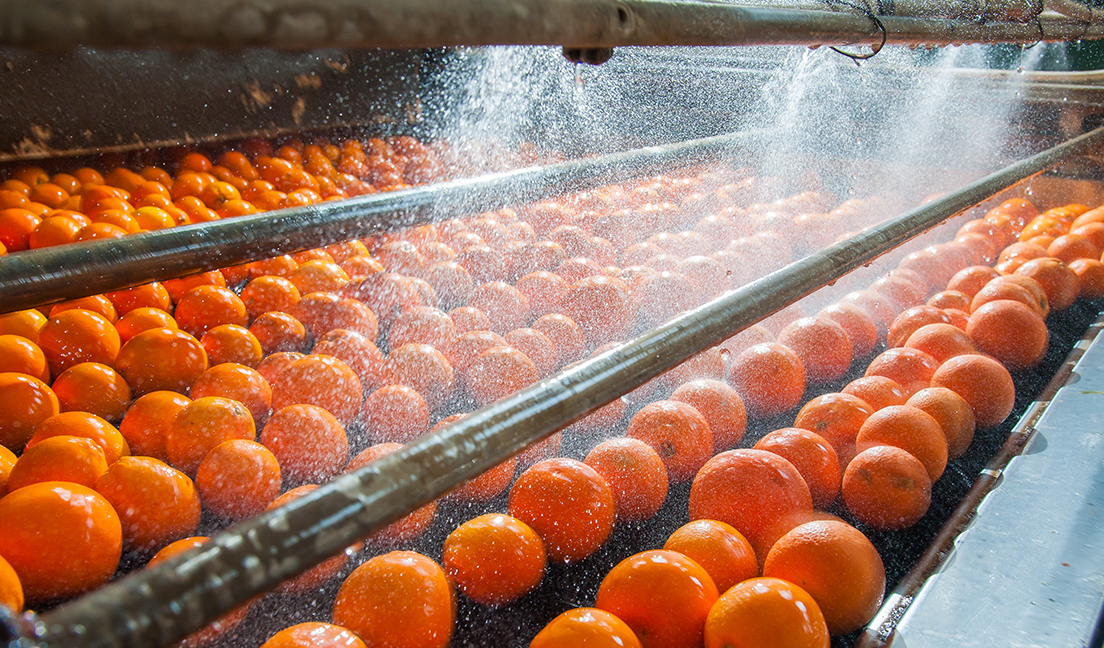The food and beverage industry is undergoing a revolution. Whilst the industry struggles to meet the needs of an ever-growing population, consumers are demanding more transparency to ensure that their food is ethically and sustainably sourced and processed. Food safety is paramount, but consumers also want to see food sourced and prepared without the use of “chemicals”. From antibacterial treatment in aquaculture, herbicides and insecticides in agriculture to hormones and antibiotics in livestock rearing, there are concerns about risks to the environment as well as animal welfare. A major area source of concern within the F&B industry is water.
Water is used extensively in food production. In beverages it forms a large proportion of the product. In aquaculture and hydroponics, it is the rearing medium and, in other sectors, it is used for cleaning in place of production facilities. Waterborne microorganisms can affect flavour, colour, odour, and shelf life of soft drinks, bottled water, and a wide variety of food products. It is critical that product or process water is free from contamination to ensure water quality and quantity is consistent and meets production requirements. Much of the water used by the food and beverage industry is sourced from municipal supplies which conform to local drinking water standards, and some is derived from private boreholes and springs. Whatever the source, much of the water is further treated to meet the quality required by in-house or licensor standards. The treatment process of choice is reverse osmosis, usually preceded by softening and/or activated carbon filtration. Even if the “raw” water is bacteria-free, there is a significant risk of bacterial growth in the pre-treatment system, so disinfection is a common first step in the treatment process.
Maintaining microbiological purity after treatment is another problem. Chlorine based chemicals – hypochlorite and chlorine dioxide are highly effective biocides for CIP and maintain a residual to offer longer term protection. Ozone, by comparison, provides residual-free disinfection and sanitisation on site using a safe, controlled process. Portable ozonators have now been developed which can be connected to a hose point to provide ozonated water anywhere in the factory and have been adopted by a number of production facilities, including fish processors. UV disinfection is a well-established technology that inactivates a wide range of micro-organisms using a chemical-free and environmentally friendly process. Already widely used in soft drinks and bottled water production, it is also found in applications within fish production in recirculating aquaculture systems (RAS) and in fish transportation well boat vessels.
Whilst hazard analysis and critical control points (HACCP) programmes can identify where processing systems are vulnerable to microbiological contamination, analytical monitoring and control of disinfection is vital. Microbiological analysis by laboratory is a normal routine but takes several days. Dip slides are quicker but still the results may be too late to avoid product loss. Automatic monitoring and control of applied dose, whether it be chlorine residual, ozone (redox potential) or UV intensity, is essential to ensure that disinfection is applied as designed and responds rapidly to any changes in water quality.

Featured in Food Processing, 2021
